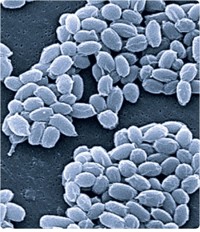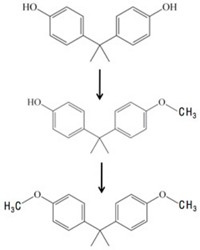Advertisement
Grab your lab coat. Let's get started
Welcome!
Welcome!
Create an account below to get 6 C&EN articles per month, receive newsletters and more - all free.
It seems this is your first time logging in online. Please enter the following information to continue.
As an ACS member you automatically get access to this site. All we need is few more details to create your reading experience.
Not you? Sign in with a different account.
Not you? Sign in with a different account.
ERROR 1
ERROR 1
ERROR 2
ERROR 2
ERROR 2
ERROR 2
ERROR 2
Password and Confirm password must match.
If you have an ACS member number, please enter it here so we can link this account to your membership. (optional)
ERROR 2
ACS values your privacy. By submitting your information, you are gaining access to C&EN and subscribing to our weekly newsletter. We use the information you provide to make your reading experience better, and we will never sell your data to third party members.
Biological Chemistry
Variable Mycotoxin Metabolism Affects Food Safety
Study could provide species-specific biomarkers for food contamination tests
by Deirdre Lockwood
November 19, 2012
| A version of this story appeared in
Volume 90, Issue 47
A fungal toxin that commonly contaminates cereal grains is metabolized differently by humans and animals such as cows and pigs, scientists have found (Chem. Res. Toxicol., DOI: 10.1021/tx300348x). The discovery could help toxicologists tailor species-specific tests for exposure to the Fusarium mold toxin deoxynivalenol (shown). The toxin causes diarrhea and vomiting in humans and more serious effects such as altered immune function in pigs. Ronald Maul of the German Federal Institute for Materials Research & Testing and his colleagues exposed liver microsomes from humans and six other animal species to deoxynivalenol. They then analyzed the metabolic products using mass spectrometry. All seven species metabolize deoxynivalenol by linking it with glucuronic acid to form conjugates called glucuronides that they excrete. But the team found that different species produce different mixtures of glucuronides. Humans form up to three different types of these compounds. In contrast, rats, cows, and carp form only two of the three, and pigs and chickens form only one. These differences should be considered when choosing biomarkers for blood and urine tests of deoxynivalenol exposure, the researchers write.




Join the conversation
Contact the reporter
Submit a Letter to the Editor for publication
Engage with us on Twitter